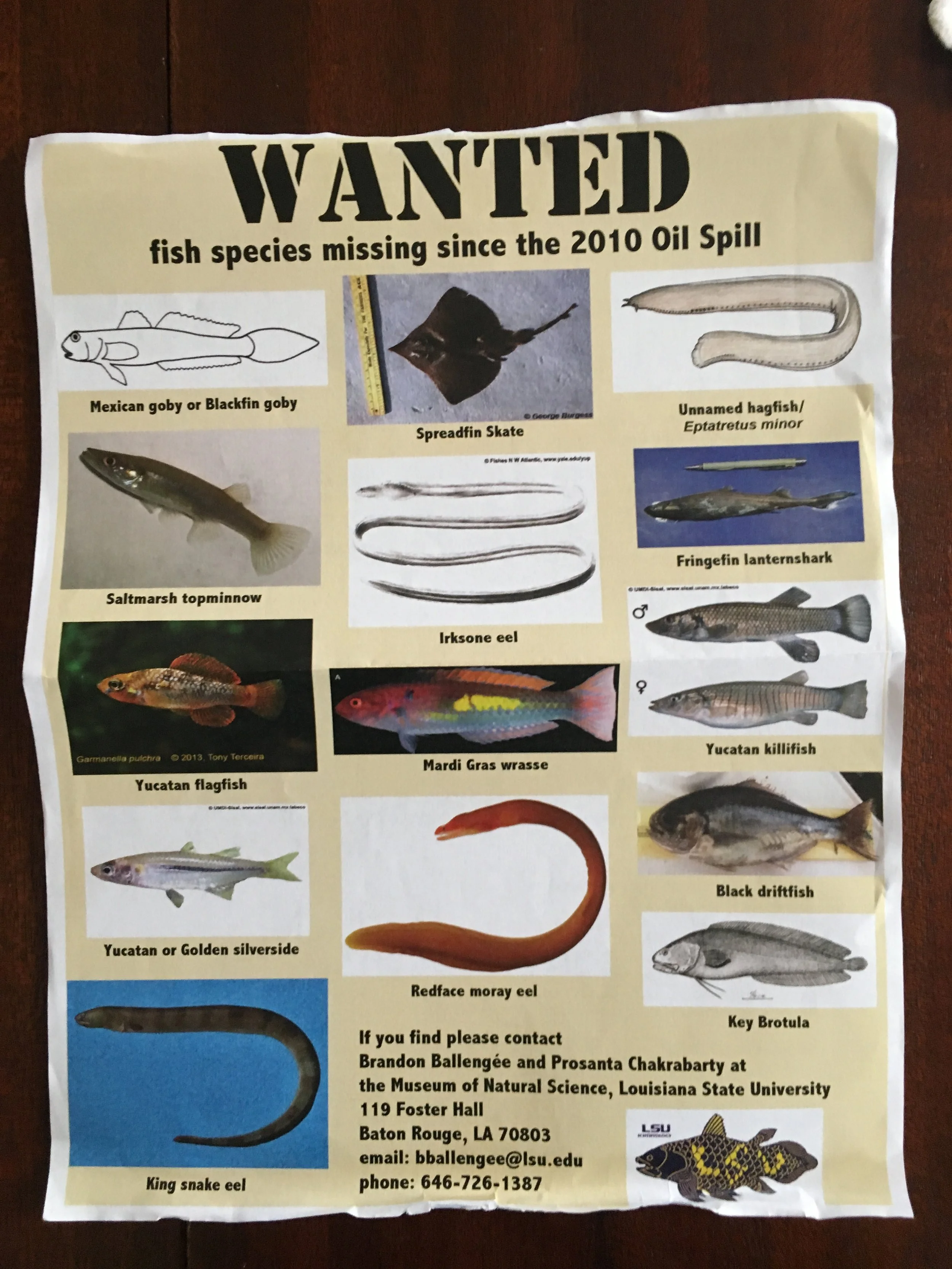In The Sixth Extinction Elizabeth Kolbert describes the shock of Georges Cuvier's theories of extinction in revolutionary era France: "On the basis of a few scattered bones, Cuvier had conceived of a whole new way of looking at life." We are indeed far removed from the shock of extinction in the 21st century. We know biodiversity loss is occurring at truly alarming rates; the short and long term effects seem to be simultaneously manifold and difficult to calculate.
We learn about extinction very early. My almost three year old adores dinosaurs but he knows they are gone (or, he at least has some sense that they no longer exist). He'll learn about the extinction of dinosaurs before he can read. Species loss is one of our first lessons in planetary history; we become fascinated by and habituated to it. What would make us understand both the scale of species loss in our own moment and value the individual ones that have gone missing in our own backyards? What attachments exist for vanishing species?
I'll write more about the Antenna::Signals event I attended at A Studio in the Woods in the near future. For now, I'll note that I heard a set of extraordinarily moving talks, testimonies really, about personal and regional histories and deep attachments to swiftly eroding lands and disappearing animals. Brandon Ballengée set up his traveling museum, which includes these "Wanted" posters above. The museum itself is enchanting and full of dyed, intricately beautiful specimens. The museum instigates conversations and engagements with species loss and the grip of petroleum on life in Louisiana. It's a daring and inspiring public facing art event.
We spent part of the day on a boat discussing land loss, protection efforts, and the partial recovery from the spill in Barataria. We also hauled in some crabs and shrimp. Most of the footage is on Drew's camera and I'll make that available sometime after we return home.


